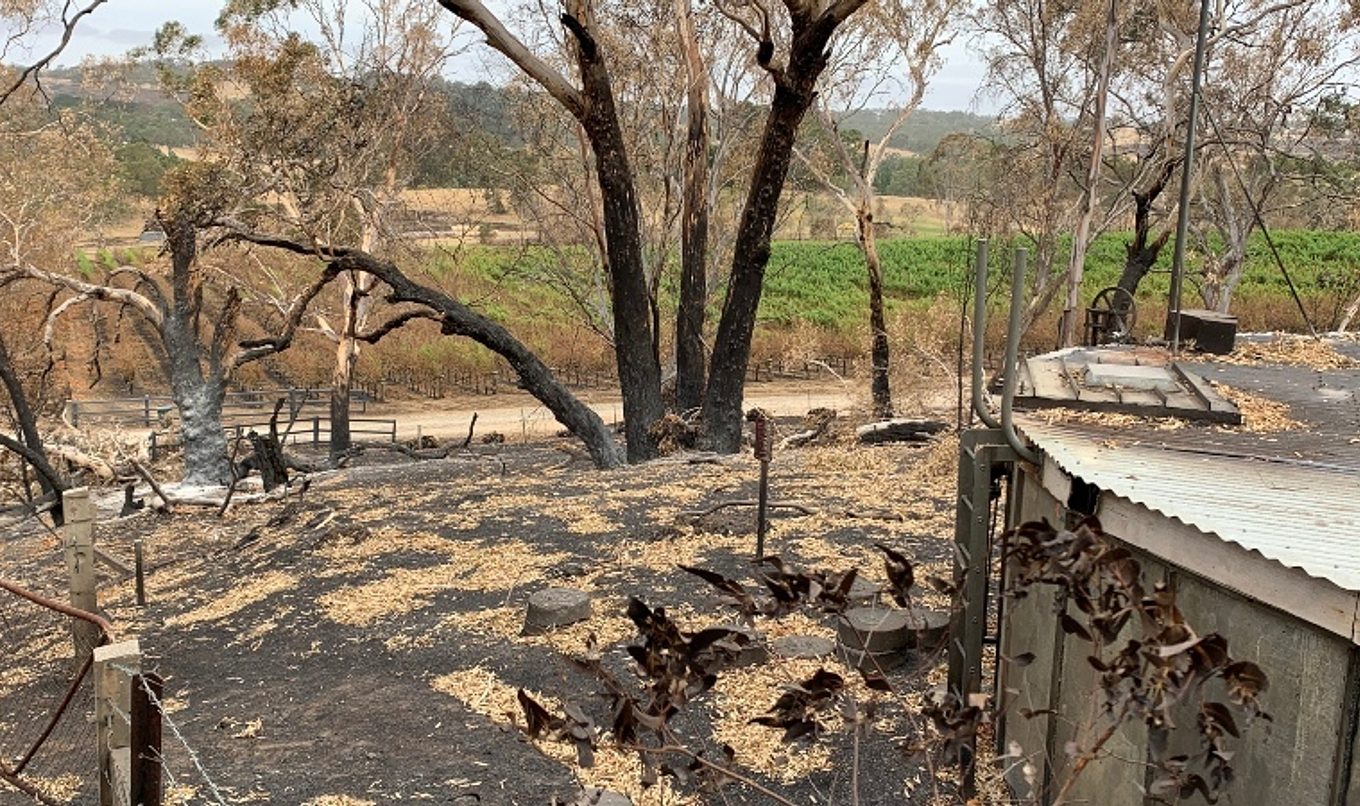Six months on and bushfire recovery effort continues
It’s now been six months since South Australia was declared bushfire-safe by the Country Fire Service (CFS) following the summer’s devastating bushfires and work continues to rebuild communities and wildlife affected by the fires.

Director Conservation and Wildlife with the Department for Environment and Water Lisien Loan said the fires burnt nearly 300,000 hectares of land across South Australia affecting thousands of native plants and animals with Kangaroo Island and the Adelaide Hills the worst hit areas of the state, with nearly half the island (around 200,000 hectares) and 23,000 hectares of the hills burnt.
“On 6 February 2020, the state was declared bushfire-safe by the CFS and six months on we’ve got a lot to be proud of with our bushfire response efforts,” Lisien said.
“The bushfires saw a large amount of the natural environment in South Australia destroyed resulting in significant wildlife losses and heart-breaking images of injured animals.
“The wildlife and habitat recovery after the devastating bushfires and has been a collaborative endeavour with all levels of government as well as local experts and non-government organisations delivering help in a coordinated way.
“The recovery of the environment both on Kangaroo Island and the Adelaide Hills was never going to happen overnight and will take both time and plenty of hard work but thankfully we are seeing some good results for our efforts.”
National Parks and Wildlife Service South Australia (NPWSSA) and the Kangaroo Island as well as Hills and Fleurieu landscapes boards have taken a number of actions to support native wildlife recovery in partnership with wildlife groups, conservation organisations and communities. They include:
- On-ground assessments and population counts
- Digital citizen scientist program
- Giving nature time and space
- Feral animal control
- Translocation of koalas to Cleland Wildlife Park
- Plantings in bushfire zones
- Establishing a Wildlife Recovery Fund
- Creating a Wildlife and Habitat Bushfire Recovery Taskforce
- Developing a Wildlife and Habitat Bushfire Recovery Plan.
A number of key native animals have shown positive signs of recovery in the six months, including the endangered Kangaroos Island Dunnart, which despite nearly 90 percent of the island habitat burnt, have had numerous recorded sightings.
Sightings of tiny dunnarts using motion-sensing cameras are particularly heartening after fears habitat destruction would decimate the threatened nocturnal marsupials already only numbering between 300 and 500.
The endangered glossy-black cockatoos have also been spotted nesting in burnt out bushland on Kangaroo Island. Other species sighted returning to bushfire-affected areas include the Southern brown bandicoot, Green carpenter bee, Western whipbird and Southern emu-wren. Koala and kangaroo populations in the bushfire areas are also expected to recover as their habitat recovers.
Lisien said the Wildlife Recovery Fund will be used to support re-establishing habitat for wildlife in the state’s bushfire-ravaged regions. A partnership between Nature Foundation and the National Parks and Wildlife Service South Australia, to date the fund has raised more than $450,000 from local, Australian and overseas donors, and will provide landholders and community groups with grants to deliver medium to long term on-ground recovery action such as native plant regeneration, fauna recovery and feral animal and weed control.
“Most recovery actions, including wildlife monitoring and feral animal and weed control will continue until the bushland regenerates and can provide natural shelter and food for native animals,” she said.
“Focused effort has and will continue to support the recovery of many key native vertebrate and invertebrate animal, and plant species in South Australia.
“NPWSSA with our partners, including the local landscape boards, will continue to support the long-term recovery of South Australia’s environment.”

